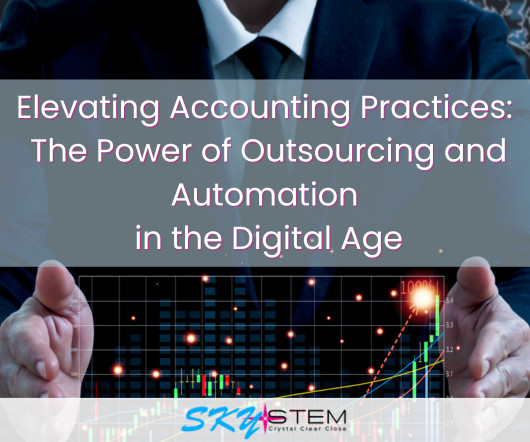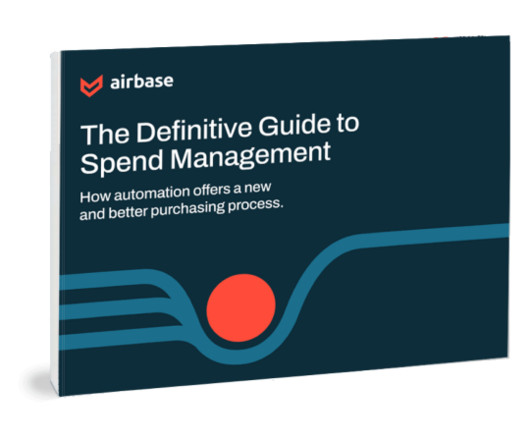The difference between book value and market value
Accounting Tools
APRIL 22, 2023
Related Courses Fair Value Accounting What is Book Value? The book value of an asset is its original purchase cost, adjusted for any subsequent changes, such as for impairment or depreciation. What is Market Value? Market value is the price that could be obtained by selling an asset on a competitive, open market. Comparing Book Value and Market Value There is nearly always a disparity between book value and market value, since the first is a recorded historical cost and the second is based on th




























Let's personalize your content